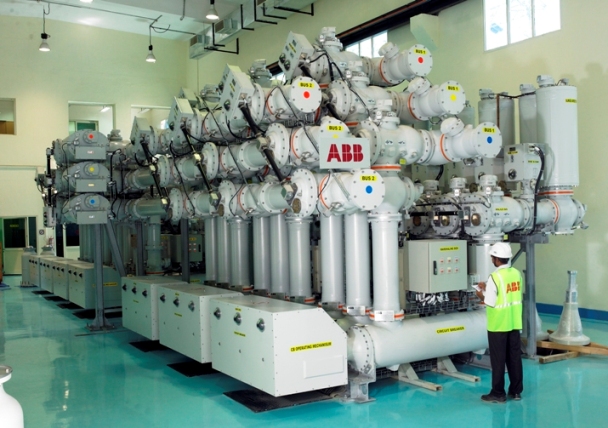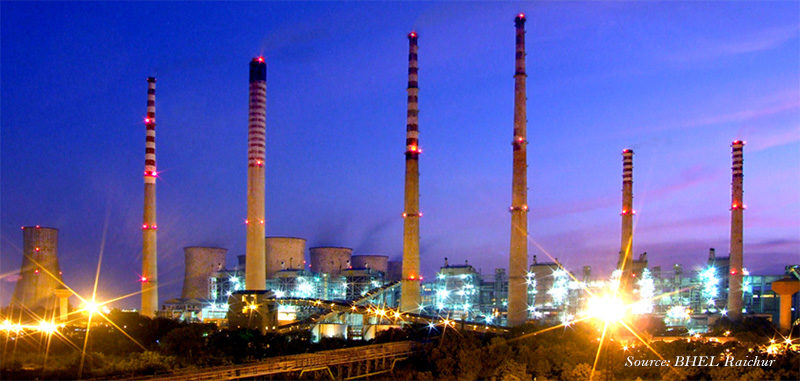BHEL missing out on opportunities in T&D sector
The recent report of the Comptroller and Auditor General (CAG) titled “Competitiveness of BHEL in Emerging Markets” was presented in Parliament on August 8, 2017. The report provides insights on the debacle of BHEL. From FY13 onwards, BHEL’s sales turnover has been on a decline and in FY16, the PSU engineering firm posted its first-ever loss since inception.
A key insight derived from the CAG report is the inability to diversify from the power sector. During the period FY13 to FY16, power sector accounted for nearly 80 per cent of the order inflow of BHEL.
Even within the power sector, the focus has been on the generation side, and this is primarily responsible for BHEL’s steady southward journey. Supercritical power equipment has spelt trouble for BHEL from the onset. It could not get technology partners on time and it took years to BHEL to acquire competence in the field. By then, the Chinese had also made significant inroads and even foreign suppliers were busy with orders. BHEL even tried turn itself into a developer by forging joint venture with state power generation utilities of Tamil Nadu, Karnataka and Maharashtra. While BHEL was to hold minority stake in the joint ventures with an understanding that it would get the mandate to supply main plant equipment. Even this approach was largely unsuccessful.
Related story: BHEL gets “developer” tag
BHEL should have laid focus on the power transmission side given that the investments in the country’s power sector were gradually shifting from generation to T&D.
Take the case of modern T&D equipment like dry transformers, which are critical in power distribution infrastructure in urban areas. It is reliably learnt that BHEL still has not developed expertise in dry transformers. Even take the case of extra high voltage (765kV) gas-insulated switchgear. Suppliers like Areva T&D (later Alstom T&D and now GE T&D) have been cornering big market share in the 756kV power transmission equipment space. Even certain categories like 500 MVA interconnecting transformers was an area that BHEL missed out on.
By and large, BHEL has moved very slowly when it comes to innovative equipment in the power transmission space, especially the 765kV equipment space that is rapidly picking up. What happened in the power generation space to BHEL threatens to repeat itself in the 765kV power transmission space as well.
China was a competition to BHEL in the power generation equipment space, and is also providing to be a strong competitor in the 765kV power transmission equipment space. Let us remind ourselves that Chinese major like TBEA and BTW have already set up shop in India, and have been receiving from utilities like Power Grid Corporation of India. Also, traditional European suppliers like Siemens, ABB and GE (erstwhile Alstom), and big Japanese names like Toshiba are also in the fray. EHV power transmission equipment, especially 765kV GIS, should be a key area for BHEL.
In FY18 so far, BHEL has not reported any significant order in the power transmission space except for a very recent export order for transformer bushings placed by customers in Chile and Estonia. In FY17, the situation was similar with the exception of a 765kV air insulated substation mandate placed by the Tamil Nadu state power transmission utility.
BHEL has been reporting diversification in its order inflows covering areas like solar power, metro coaches, defence, aerospace and even water treatment, but 765kV GIS is an area that BHEL needs to make serious inroads into.
(Photograph showing GIS substation of ABB is for representational purpose only. Photo Courtesy: ABB)
(This article’s author, Venugopal Pillai, is Editor, T&D India. Views expressed here are personal. The author may be contacted on venugopal.pillai@tndindia.com)







